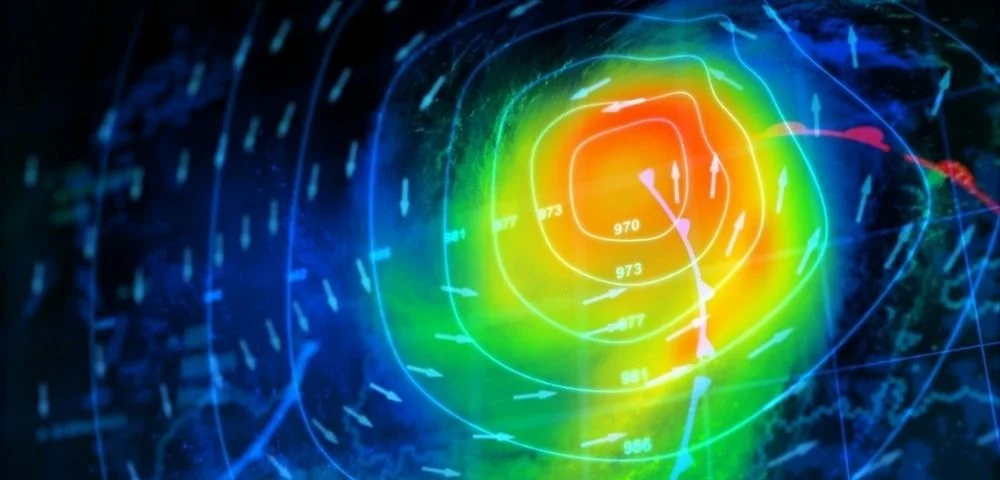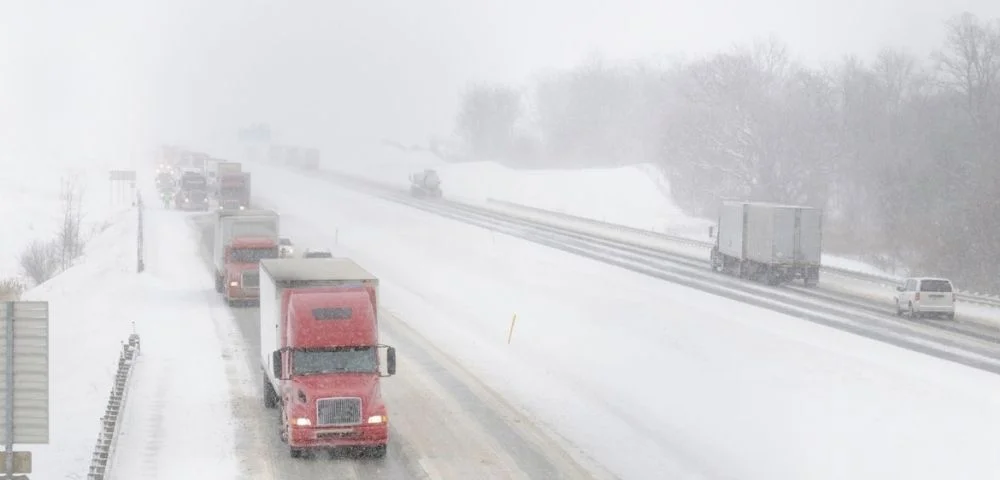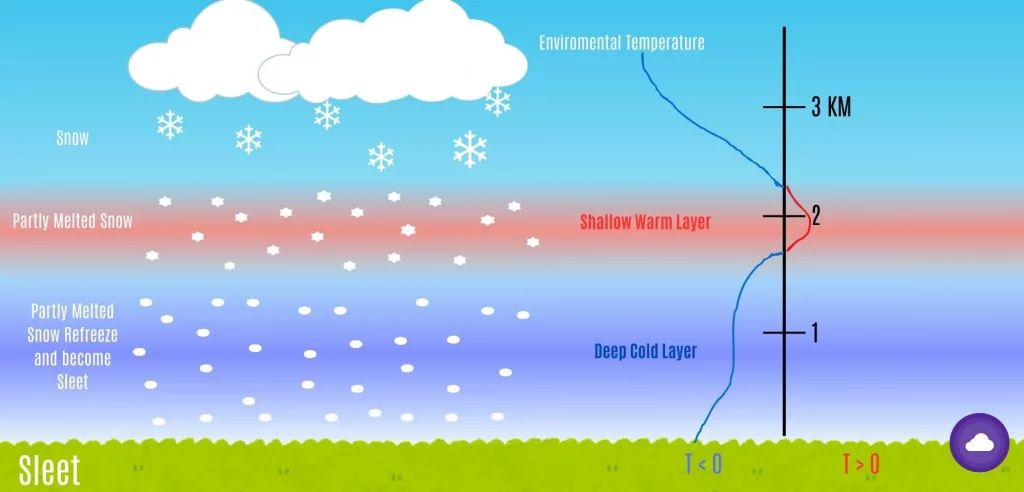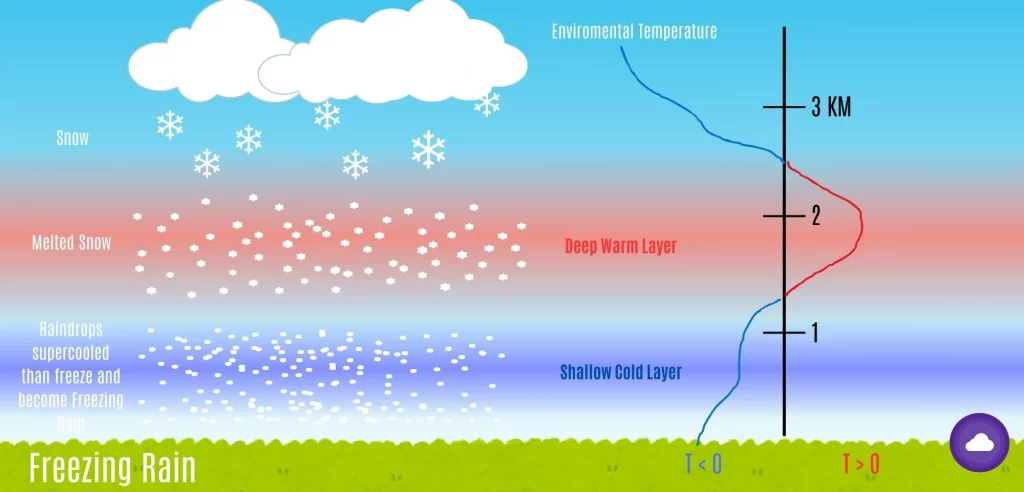Winter Storm Warning!
Winter storms form similarly to regular storms, with rising moist air creating low-pressure centers. These centers transform into storms if the upward motion continues, and there's a water source. The storms collect moisture from oceans, aided by increasing sea surface temperatures due to climate change. When a storm occurs, if surface and cloud-level temperatures are below 0°C, precipitation happens as snow, hail, or sleet. The resulting storm can rapidly transport cold air over large areas, intensifying hail precipitation with high winds. Rapid cooling in the region can lead to issues like crop freezing.

Recent Winter Storms Worldwide
The typically temperate British Isles experienced a severe cold outbreak in February 2018, known as the "Beast from the East." Strong east winds transported cold Arctic air from northern Eurasia to the British Isles. Sub-zero temperatures led to £361 million in insurance payouts, mainly due to water leakage claims resulting from numerous pipe bursts throughout England and Ireland.
Approximately two years later, Winter Storm Elliott in December 2022 affected a significant portion of the United States, bringing dangerous cold temperatures. Elliott caused dozens of deaths, thousands of flight cancellations, and left 2.6 million Americans without electricity, emphasizing the vulnerability of the energy infrastructure. Insurance losses from Elliott were estimated to be in the single-digit billions of dollars, according to Aon data.
In February 2021, a winter storm prompted the National Weather Service to issue various winter weather alerts affecting 170 million Americans. Over 9.9 million people in the U.S. and Mexico experienced significant power outages, mainly due to a major energy crisis in Texas.
The storm created a severe cold wave affecting a large part of North America and brought destructive weather conditions to the Southeastern United States. By February 16, there were at least 20 direct and 13 indirect fatalities attributed to the storm, with the death toll reaching at least 290 by January 2, 2022. The National Oceanic and Atmospheric Administration documented $26.5 billion in damage in the United States.

How Climate Change Affects Winter Storms
Climate change has made our planet warmer than the pre-industrial era, evident in the record-breaking temperatures recorded in 2023. The altered climate patterns and rising sea temperatures make storms more destructive and challenging to predict.
As mentioned at the beginning of the article, two conditions are necessary for a winter storm: temperatures must be below 0°C at both levels. In a warming world, achieving this condition seems more challenging.
Despite being a very active area of scientific research in recent years, the lack of consensus stems from incomplete theoretical understanding, a short history of observations, and discrepancies among climate modeling results. The complexity of midlatitude winter weather and the nonlinear behavior of atmospheric circulation make establishing implied causality challenging.
Winter PrecipitationTypes

Snow
In winter, most precipitation in clouds initially forms as snow due to the cold temperatures at the storm's top layer, which create snowflakes by crystallizing ice particles that stick together as they descend. This snowfall persists when temperatures remain at or below 0°C from the cloud base to the ground.

Sleet
Sleet forms when snowflakes partially melt as they pass through a thin layer of warmer air. These semi-melted flakes then refreeze in a thicker layer of freezing air higher up, reaching the ground as sleet.

Freezing Rain
Freezing rain happens when snowflakes melt entirely in a warmer air layer before falling. As they pass through a shallow freezing air layer near the ground, they don't solidify in time. These supercooled liquid droplets freeze instantly upon contact with surfaces at or below 0°C, forming a layer of ice on the ground, trees, power lines, and other objects.
The Cold Never Bother You with Buluttan
Despite climate change leading to milder winters and reduced cold events in the long term, episodic extreme cold events will persist. Risk managers, planners, and stakeholders must be aware of this dual reality and prepare for more volatile winter weather. Buluttan provides hyper-local weather intelligence for regional risk analysis, cutting-edge data collecting ways to perform advanced icing analysis.







